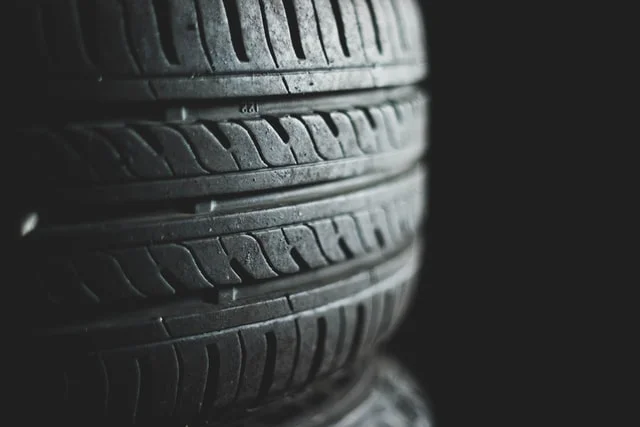Tires, like the Goodyear Assurance MaxLife, aren’t too complicated at first glance — they’re round rubber objects that help cars roll over the road. However, that’s a gross oversimplification with respect to a tire’s functionality, design, and engineering. A tire does much more than you’d think, and a ton of thought goes into its design and material choices. Today’s article scrapes the surface of a tire’s construction intricacies, and how different types of tires — radial and bias — feature unique materials and design.
While radial tires are the most common tires today, they’re not the only ones out there; some vehicles also use bias tires. The two might look the same, but they’re really not. Keep reading to find out more about radial and other tires.
Radial Tire
Radial tires can be differentiated from other tire types based on the positioning of their belts. In radial tires, belts are perpendicular to the tire. Radial tire belts cross each other rather than overlapping. Typically, radial tires also feature an additional steel belt tucked under the tread.
Another differentiating factor in radial tires is that the sidewall flex isn’t transmitted to the tire’s tread. This helps improve grip in all conditions.
Bias Tires
Not all tires are radial tires — even though that’s the most common kind. For instance, a bias or bias-ply tire differs from a radial tire in many ways.
Such as:
- Bias tires use nylon belts, unlike the steel belts in radial-ply tires.
- The belts overlap and don’t cross each other.
- The belts are positioned at a 30 to 45 degrees angle from the centre line of the tread.
These differences make bias-ply tires less flexible than their radial counterparts.
Radial Tire Benefits
Here are a few notable pros of using radial tires.
Comfort
As mentioned above, radial tires are more flexible than other types. Due to this, the tire does a better job of eating up the road’s imperfections — offering a smoother ride quality.
Reliability
Radial tires generally offer better maneuverability, durability, since their tread grips the road better. These tires also handle better since they contain bead filler.
Stability
Radial tires don’t vibrate as much as bias-ply ones, which translates to better stability.
Economy
Even though radial tires are more expensive than bias-ply ones, they are more fuel-efficient. Since there’s less rolling resistance, these tires don’t use as much fuel as bias tires.
Durability
Radial tires last longer than bias tires thanks to a thick shoulder that keeps the interior safe from damage and shocks. Moreover, radial tires produce less heat which means lesser treadwear.
Are Radial Tires The Best Type?
Radial tires have their fair share of benefits over other tire types like bias-ply, but they’ve also got their downsides. For instance, they’re most expensive and might be more difficult to repair.
With all of the info shared in this article, you’ve probably got a pretty good idea of what each type offers, and what kind of tire fits your needs well.
If you’re looking for better fuel economy, performance, and ride comfort, radial tires beat bias-ply tires quite easily. However, if you just need a cheap tire to get you from point A to point B everyday, you could get away with saving a few bucks on a bias-ply tire.

